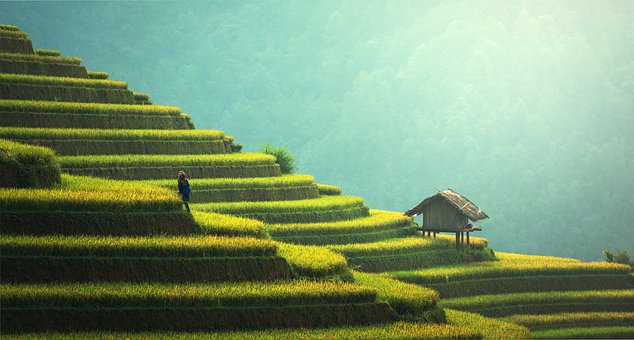The more socially competitive one is, the less happiness one attains. For instance, someone who has a fancy car but likes comparing with other people. When others surpass him, he cannot remain calm, and tries to exert himself to be competitive. Such pursuits are rather tiring. Being competitive is not a necessity of life. Lots of suffering stems from being competitive.
~Depicted from LUMINOUS WISDOM BOOK SERIES











